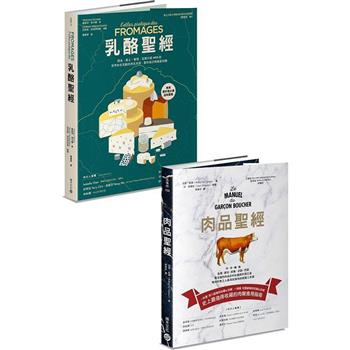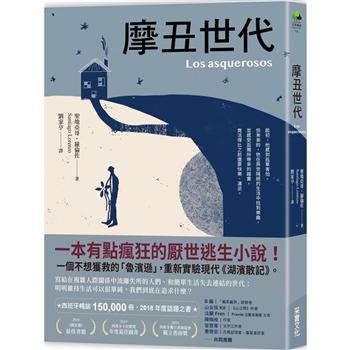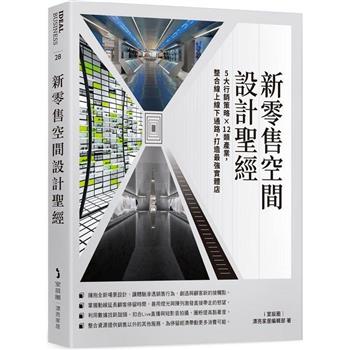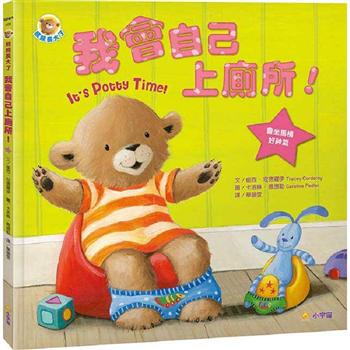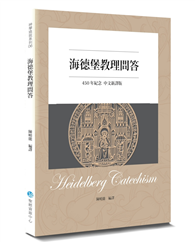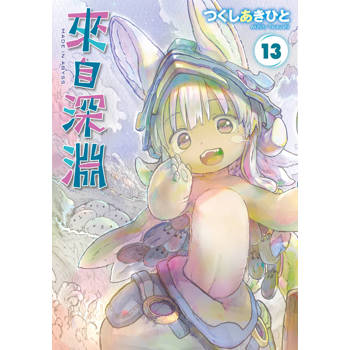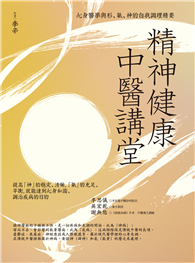Published serially between 1928 and 1931, Shanghai tells the story of a group of Japanese expatriates living in the International Settlement at the time of the May 30th Incident of 1925. The personal lives and desires of the main characters play out against a historical backdrop of labor unrest, factional intrigue, colonialist ambitions, and racial politics.The author, Yokomitsu Riichi (1898-1947), was an essayist, writer, and critical theorist who became one of the most powerful and influential literary figures in Japan during the 1920s and 1930s. In 1924 Yokomitsu joined with Kataoka Teppei and Kawabata Yasunari to found the Shinkankaku-ha (New Sensation School), artists who looked to contemporary avant-garde movements in Europe--Dadaism, futurism, surrealism, expressionism--for inspiration in their effort to explode the conventions of literary language and to break free of what they saw as the prisonhouse of modern culture. A key feature of the school’s experiments was the use of jarring imagery that originated in the visual effects of cinema.Yokomitsu incorporated the striking visuality of his early experimental style into a realistic mode that presents a disturbing picture of a city in turmoil. The result is a brilliant evocation of Shanghai as a gritty ideological battleground where dreams of sexual and economic domination are nurtured.
| FindBook |
有 1 項符合
Shanghai: A Novel by Yokomitsu Riichi的圖書 |
 |
Shanghai: A Novel by Yokomitsu Riichi 作者:Yokomitsu 出版社:University of Michigan Press 出版日期:2001-06-18 語言:英文 規格:平裝 / 248頁 / 22.9 x 15.2 x 1.5 cm / 普通級 |
| 圖書館借閱 |
| 國家圖書館 | 全國圖書書目資訊網 | 國立公共資訊圖書館 | 電子書服務平台 | MetaCat 跨館整合查詢 |
| 臺北市立圖書館 | 新北市立圖書館 | 基隆市公共圖書館 | 桃園市立圖書館 | 新竹縣公共圖書館 |
| 苗栗縣立圖書館 | 臺中市立圖書館 | 彰化縣公共圖書館 | 南投縣文化局 | 雲林縣公共圖書館 |
| 嘉義縣圖書館 | 臺南市立圖書館 | 高雄市立圖書館 | 屏東縣公共圖書館 | 宜蘭縣公共圖書館 |
| 花蓮縣文化局 | 臺東縣文化處 |
|
|
圖書介紹 - 資料來源:博客來 評分:
圖書名稱:Shanghai: A Novel by Yokomitsu Riichi
|
